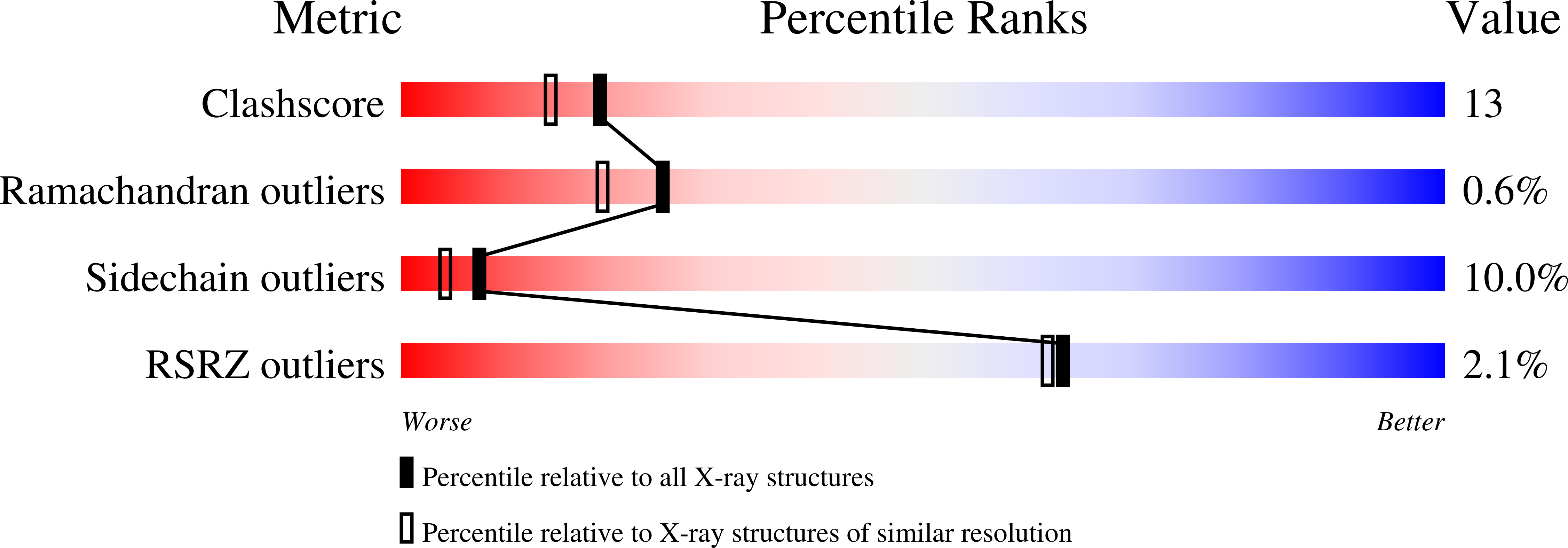
Deposition Date
2002-05-06
Release Date
2002-08-07
Last Version Date
2024-02-14
Entry Detail
PDB ID:
1LOH
Keywords:
Title:
Streptococcus pneumoniae Hyaluronate Lyase in Complex with Hexasaccharide Hyaluronan Substrate
Biological Source:
Source Organism:
Streptococcus pneumoniae (Taxon ID: 1313)
Host Organism:
Method Details:
Experimental Method:
Resolution:
2.00 Å
R-Value Free:
0.32
R-Value Work:
0.22
R-Value Observed:
0.22
Space Group:
P 21 21 21


